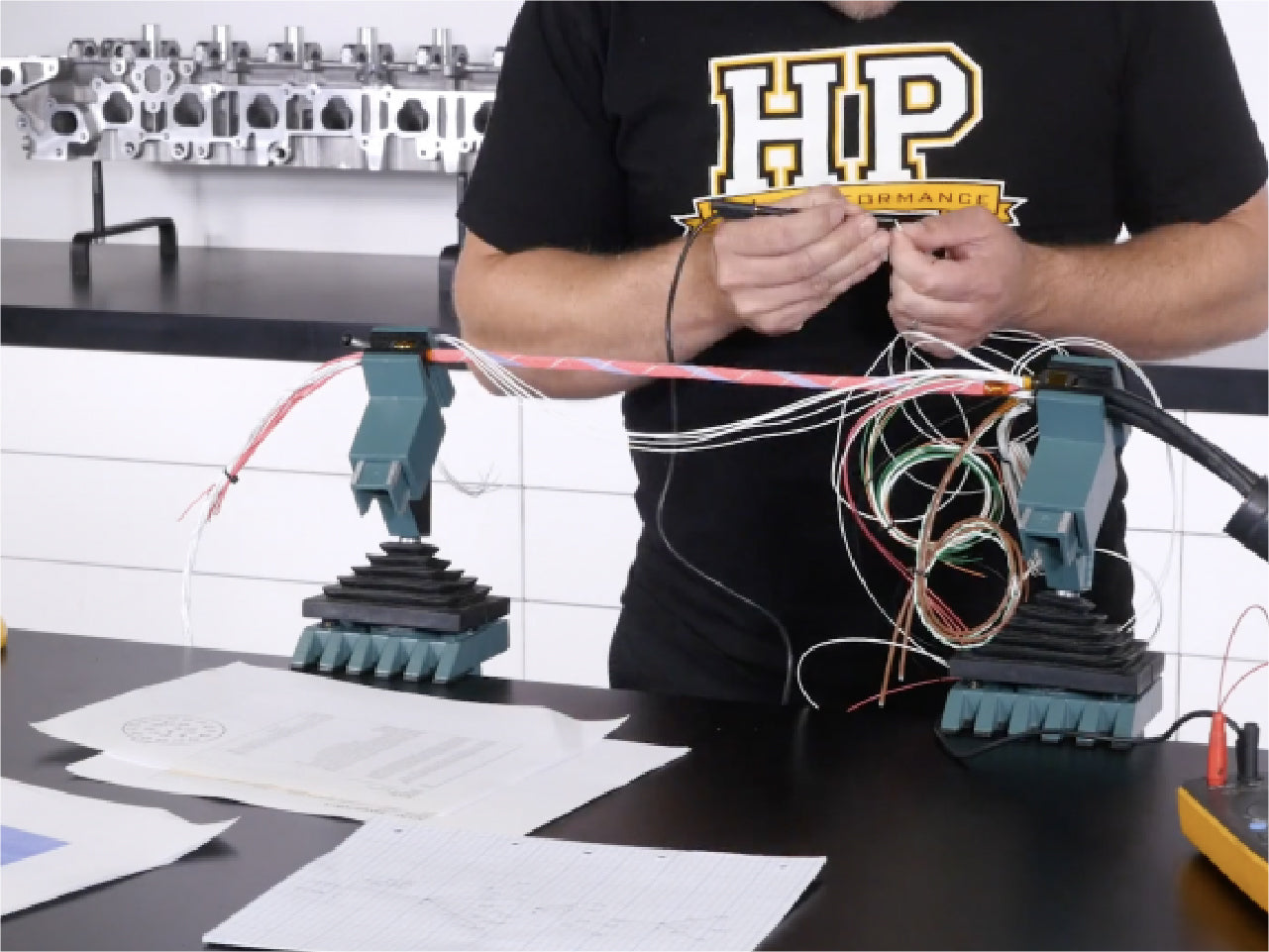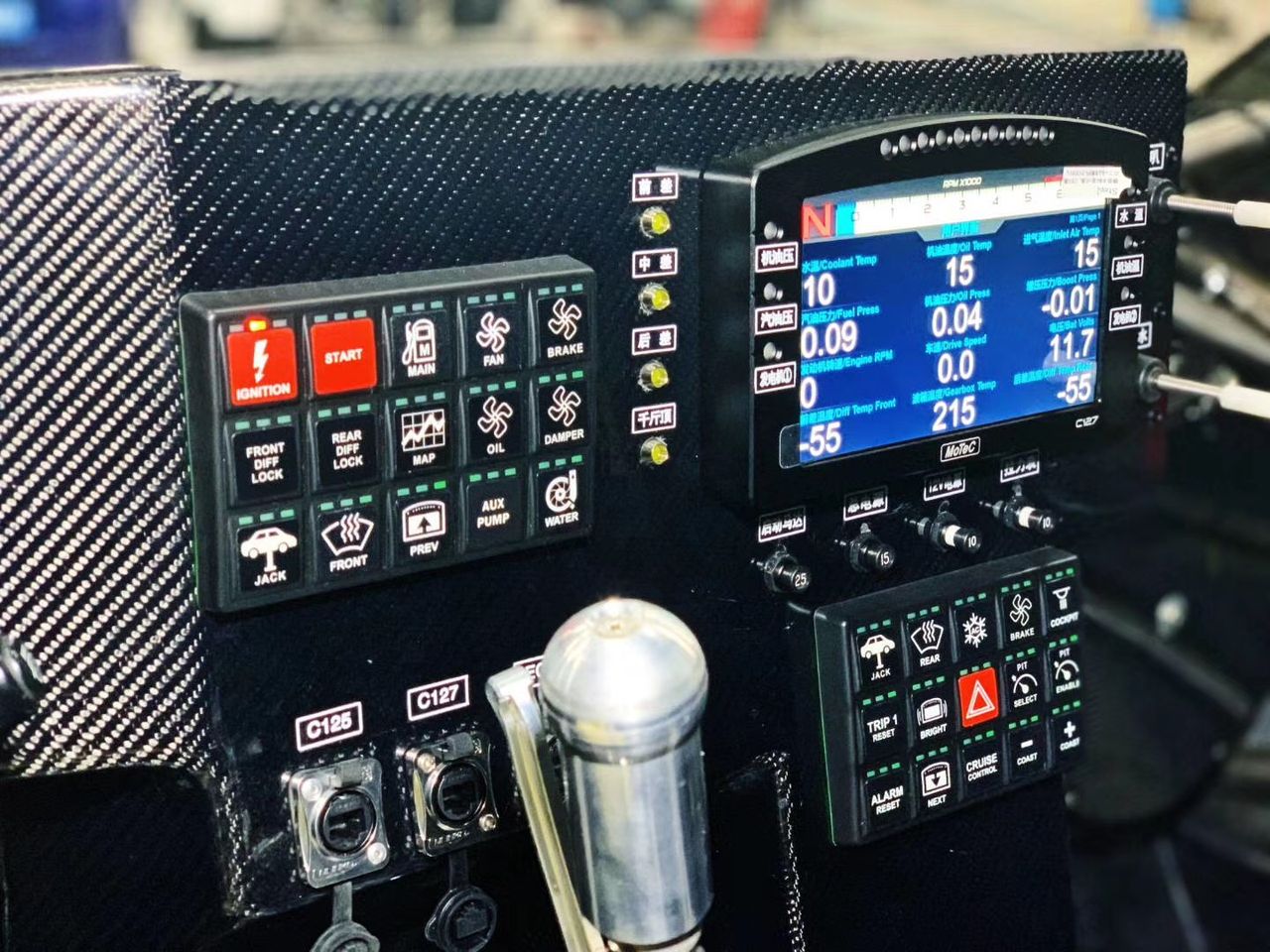If you’ve ever searched motorsport wiring on the web, chances are the term “concentric twisting” has popped up. Even though the term is used a lot, there isn’t much information on this method or even why you would construct a wiring harness in this way, and as such people often assume it's just a simple process of just putting all their wires in a bunch, chucking them in a power drill and twisting them all together. This is far from reality however, and concentric twisting is a much more complex process that includes careful and detailed planning of the layout before the actual twisting even begins.
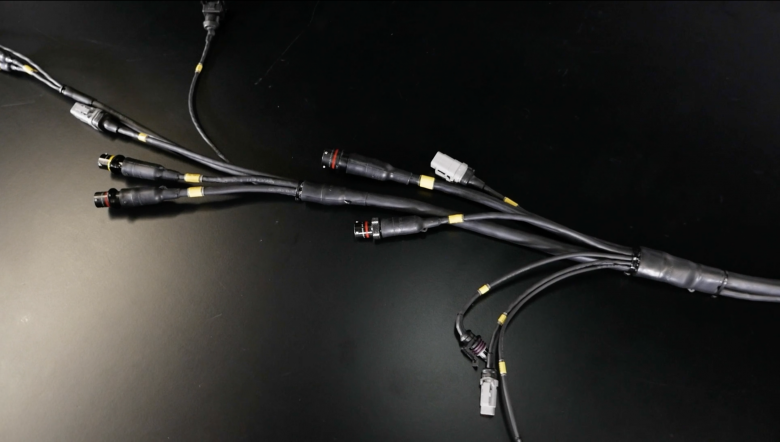
The Professional Motorsport Wiring course includes detailed content on everything you need to know on how to create a motorsport-grade wiring harness, including the art that that is concentric twisting and due to this, I am often asked what this technique is, if it should be used on every other wiring project and of course the pros and cons that come with it. In this article, I will cover all you need to know about why you would, or perhaps wouldn't, create your own concentrically twisted professional motorsport level harness.
All that aside, first let's take a look at where concentric twisting actually came from.
In this article: Origin | Advantages | Disadvantages | Interference | Conclusion
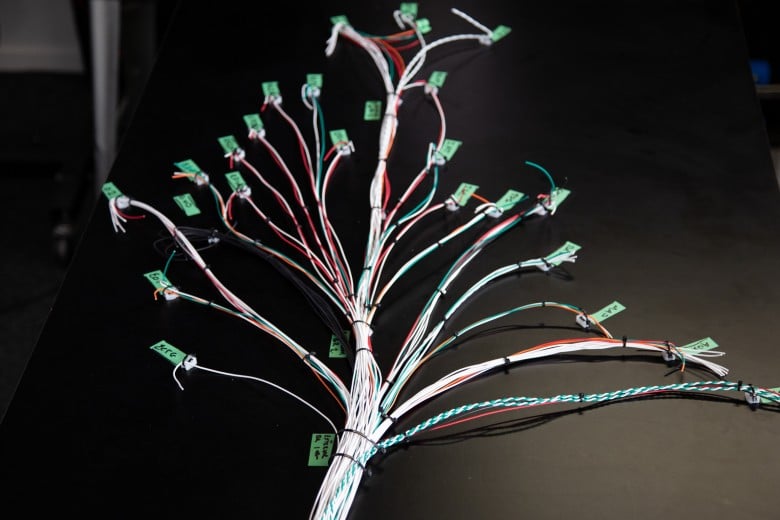
The Origin of Concentric Twisting
Concentric twisting did not originate in the military and aerospace industry as people would assume, rather it is recommended by TE Connectivity for motorsport applications for both reliability and flexibility. As the motorsport industry wants to limit the chance of anything going wrong on a race day, these principles have been adopted to ensure maximum reliability so as not to cost thousands in a wasted opportunity from a defective wiring harness. So remember next time to see a high-end harness it's not 'mil-spec' but rather something more akin to 'race-spec'.
So, this leads us on to why and how this concentric twisting method offers the most reliability.
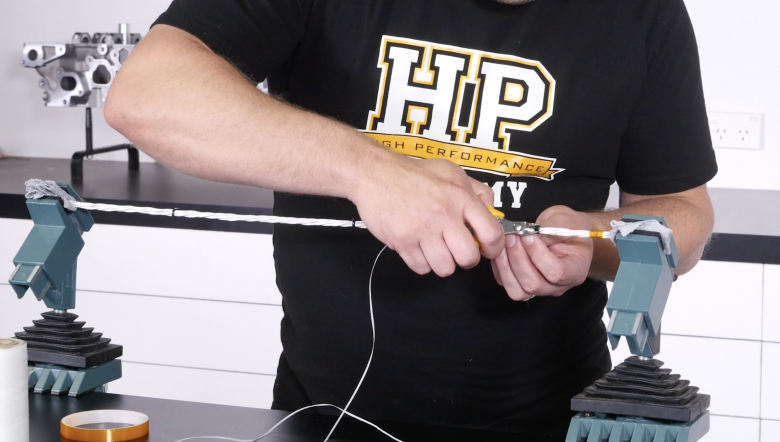
Why Would You Concentric Twist Your Harness?
There are huge advantages to this method of harness construction with one of the biggest being strain relief. Twisting the harness in this fashion allows no wires within the twist to have any more strain placed on them than another, even when bent at an angle. If you were to make the same harness and run the wires in a straight orientation without twisting, it would cause a lot more stress when the harness was then bent at any angle for fitment as the wires on the outside of the bend will be subject to more strain than those on the inside. This might be perfectly acceptable for certain applications, but it's not desirable for a professional motorsport harness where we are trying to eliminate all scenarios of stress occurring rather than introduce any more. 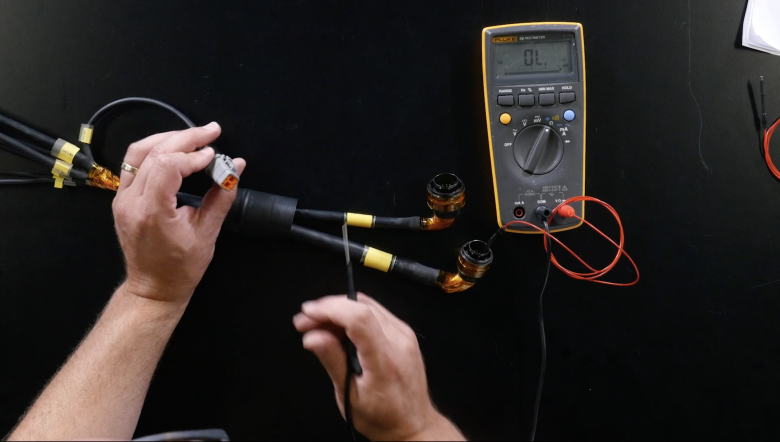
Another advantage is the ability to keep the physical size of the harness to a minimum, since when correctly applied, this method offers a very small cross-sectional area with little to no gaps between layers which means you can fit a lot more wires into the design than you could in a conventional harness where all the wires are bundled in parallel to each other like a club level motorsport harness.
As well as being smaller, a twisted harness also offers more flexibility. Due to the alternating twisted layers, the harness becomes very flexible when construction is complete to the point you can draw comparisons to the properties of a rope.
All in all there are many advantages, but as with anything, there are also some downsides.
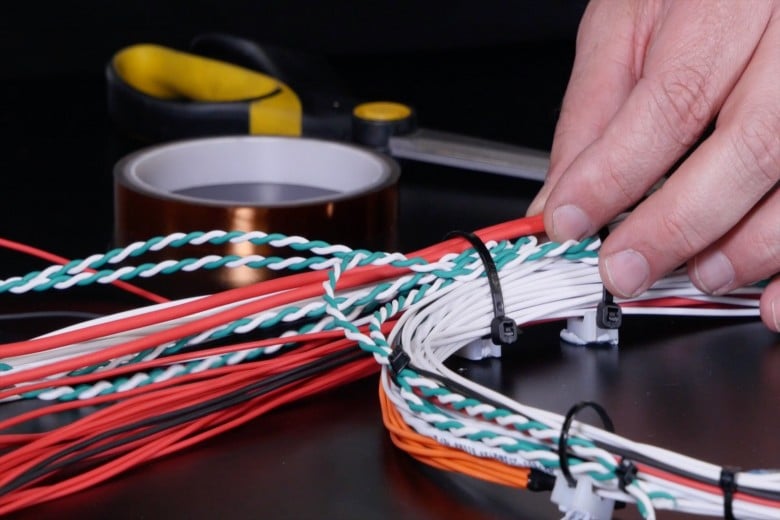
The Disadvantages of Concentric Twisting
The biggest disadvantage is your time investment. Time is money and concentric twisting takes quite a lot of it when done correctly. As I’ve stated in the first paragraph, careful planning and forward thinking must go into this before attempting to start making the harness. You will need to know where every branch and connector will be, along with the route the loom will take, as this will impact dramatically on how the layers are constructed. Once all your planning is done, even the amount of time it takes to carefully construct the harness is much greater than a conventional club level harness. If you are looking to better your wiring ability and time is not a factor, then you won’t have much to worry about. If you are thinking of trying a professional level harness for your business, you really must weigh up the costs versus the application. You need to ask yourself is the extra time justifiable for the benefits it offers.
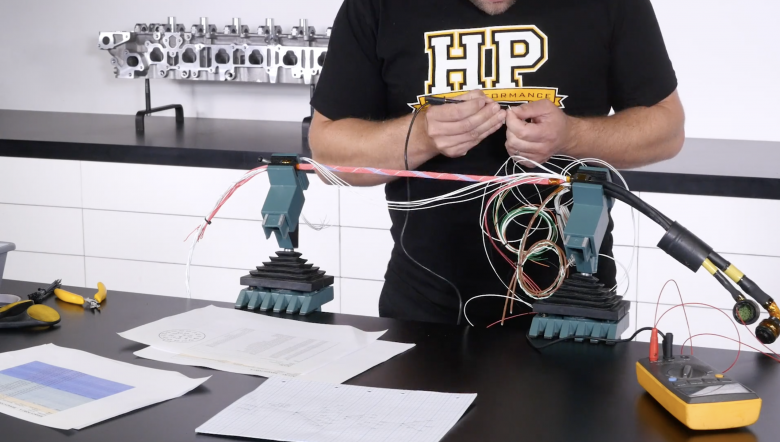
Another disadvantage is the cost. We've mentioned the time cost, but the materials used will also add up. Here we will be using Tefzel wire, kapton tape, kevlar lacing cord and DR25 sheathing which is all going to cost more than the materials we'd use at the club level. Even the amount of wire you will use will increase by as much as 15-20% extra because of the twist angle and the use of filler wires. Filler wires are basically spare conductors that are added to your harness so that you will have the correct amount of wires in each layer. In a concentric twisted harness, each layer must have a specific number of conductors, and very rarely will your harness design just happen to have exactly the right number. Any shortfall in the final layer is made up of these filler wires that are there to make up numbers.
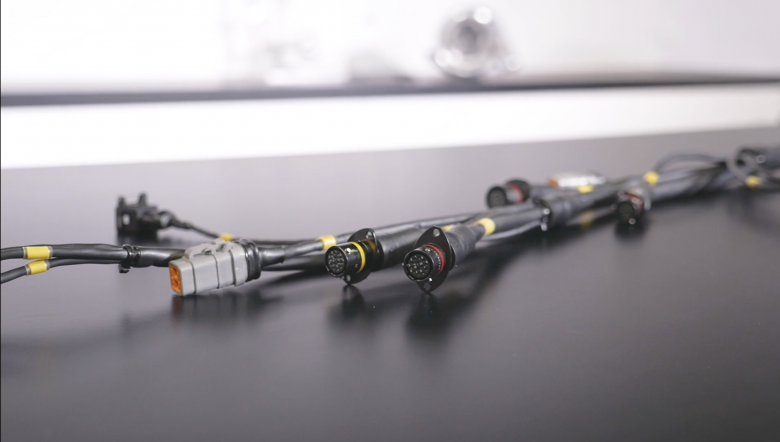
How To Limit Interference
The core of the concentric twisted harness is primarily made up of the biggest wires or any shielded cables such as those used for engine speed and engine position inputs. Limiting interference is a huge concern in motorsport applications as the mission critical sensors like crank, cam and knock sensors require a crisp, clean signal and any noise can result in the ECU becoming confused which can then cause erratic behaviour or misfires. 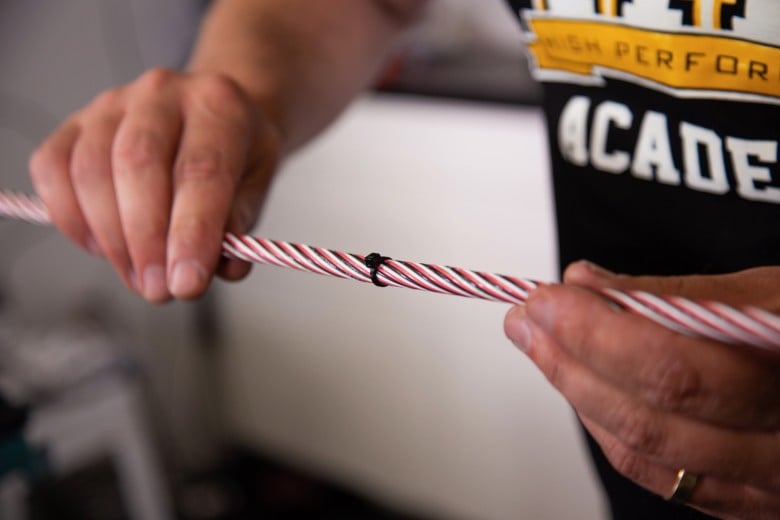
Twisting a pair of wires together dramatically reduces electromagnetic interference (EMI), since the interference produced by one wire is cancelled by the interference produced by other wire since they are equal and opposite. This reduces the majority of the noise, however to further reduce the chance of interference it's recommended you use a shielded cable that has a metal foil or braid wrapped around the pair which is then insulated in an outer jacket. This shield should be grounded at the ECU so that any EMI will be absorbed by this shield and sent straight to ground.
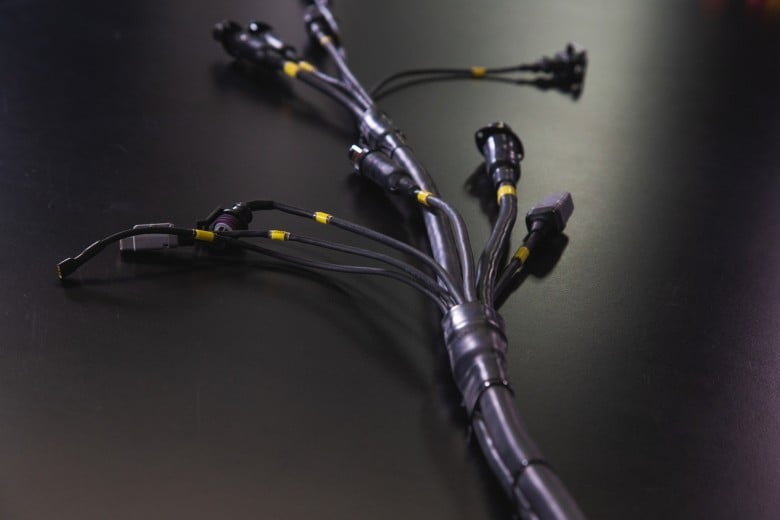
Conclusion
Hopefully this article has given you an insight into what concentric twisting is and why you would use this technique on a wiring harness and perhaps it will give you some inspiration to introduce it to your own projects. In our opinion, for the right application, the benefits offered outweigh the negatives and there's also the bonus of how satisfying (and aesthetically pleasing) it is to produce a proper concentrically harness - It's definitely worth a try! 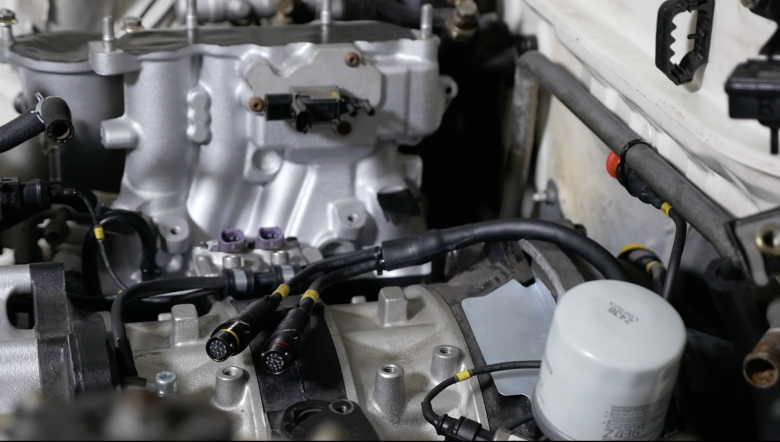
If you want to learn more about professional level motorsport wiring including how to design, spec and create your own concentrically twisted harness, check out the "Practical Wiring - Professional Motorsport" course.

